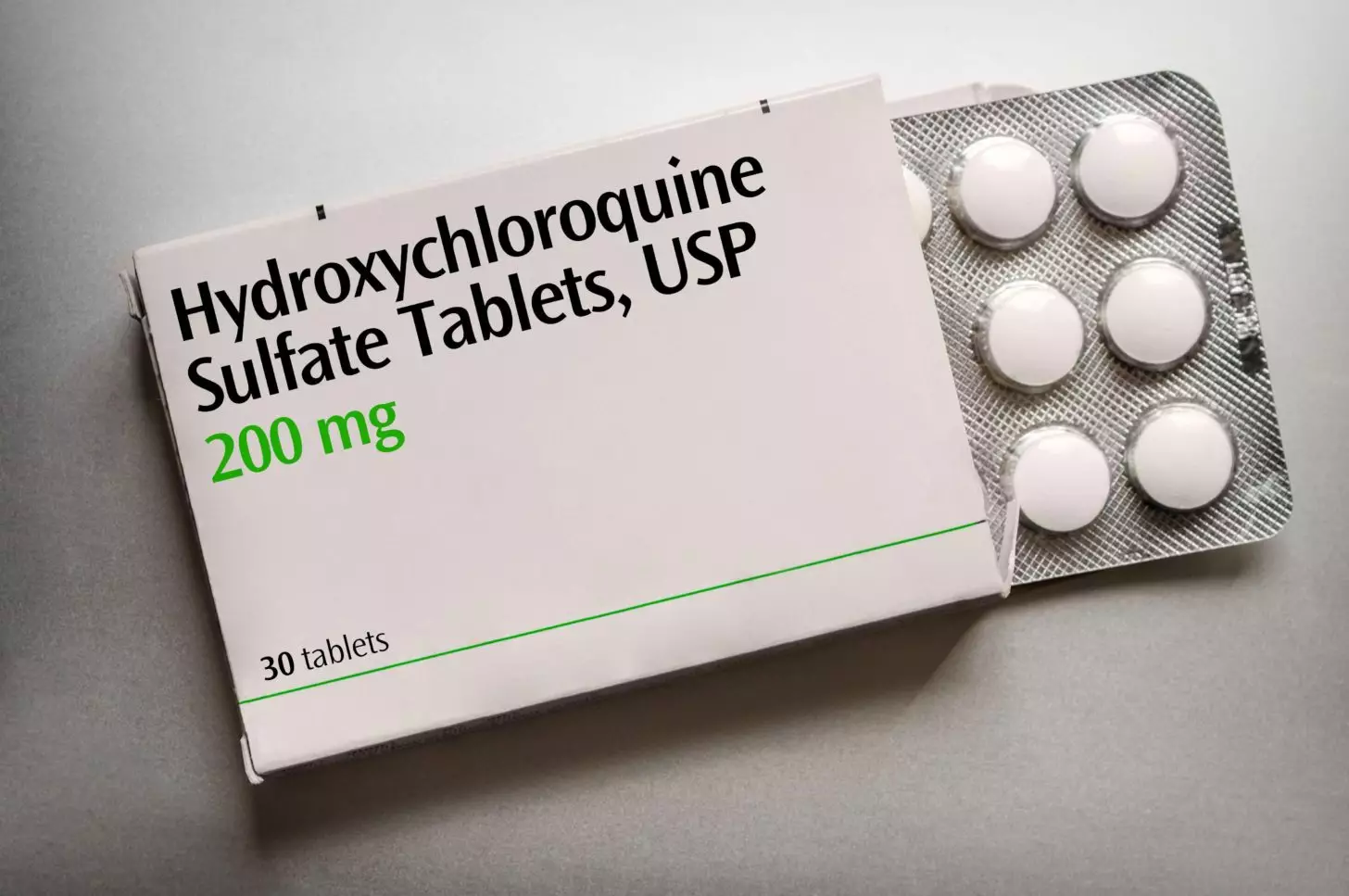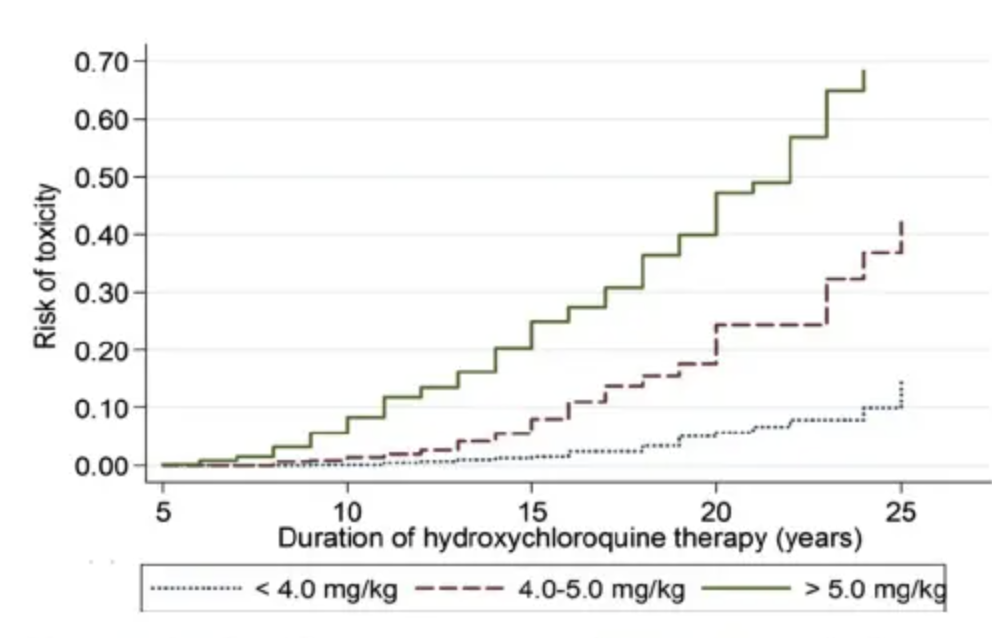
Using AI for hydroxychloroquine retinal toxicity screening


Hydroxychloroquine is a commonly used medication in rheumatology for the treatment of various inflammatory disorders. Although it is much safer than chloroquine, long term hydroxychloroquine use still carries a risk of irreversible retinal toxicity, with the only treatment being cessation of the medication.
The risk of toxicity is both duration and dosage dependent, with the risk approaching 20% after 20 years of treatment.

Given the irreversibility of the condition, it is important for hydroxychloroquine retinal toxicity to be detected early. Spectral-domain OCT (SD-OCT) can detect early retinal toxicity, but the signs are subtle and can be easily missed. Furthermore, it is recommended for screening to commence after five years of hydroxychloroquine treatment, but at that point, the risk of toxicity is low, and detecting toxicity changes can be like searching for a needle in a haystack.
In this scenario, the use of artificial intelligence in hydroxychloroquine retinal toxicity screening can be a game changer.
The Algorithm
My colleagues Peter Woodward-Court and Pearse Keane in Moorfields Eye Hospital recently published a paper on an algorithm (HCQuery) they developed for the detection of hydroxychloroquine retinal toxicity on SD-OCT imaging (paper and github). The algorithm was trained on data from 171 patients positive for hydroxychloroquine retinopathy and 238 negative, resulting in 8251 SD-OCT b-scans (1988 volumes).
This algorithm achieved excellent performance metrics: accuracy: 0.987 [95% CI: 0.962–1.00]; sensitivity: 1.00 [95% CI: 0.833–1.00]; specificity: 0.983 [95% CI: 0.952–1.00]; positive predictive value: 0.944 [95% CI: 0.836–1.00]; negative predictive value: 1.00 [95% CI: 0.937–1.00]).

The algorithm will accept OCT images saved as .png, .tiff or .jpg. The authors have kindly made the algorithm and weights open source for research use. I have made a Google Colab notebook that can be run remotely for you to experiment with.
Next step
As one of the clinical leads for hydroxychloroquine retinal toxicity screening in Auckland Hospital, the next step is to test this algorithm in our patient cohort. We have a large database of patients with hydroxychloroquine undergoing screening. All of them have multple SD-OCT images. The algorithm can be run locally to analyse these images and to see if we can replicate the results observed in the paper.
As this is a research algorithm, clinicians cannot base their clinical decision on the output of this algorithm. If you want to experiment with this algorithm in your practice, it is important for you to reach and document your decision based on the clinical findings, **before** you run the algorithm. Otherwise, it is likely that your clinical decision will be swayed by the algorithm output!
About Dr Leo Sheck
Book your appointment now to see Dr Sheck
Dr Sheck is a RANZCO-qualified, internationally trained ophthalmologist and runs a popular and respected practice in Auckland. He combined his initial training in New Zealand with a two-year advanced fellowship in Moorfield Eye Hospital, London. He also holds a Doctorate in Ocular Genetics from the University of Auckland and a Master of Business Administration from the University of Cambridge. He specialises in medical retina diseases (injection therapy), cataract surgery, ocular genetics, uveitis and electrodiagnostics.